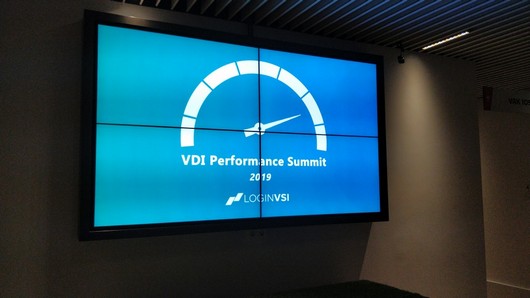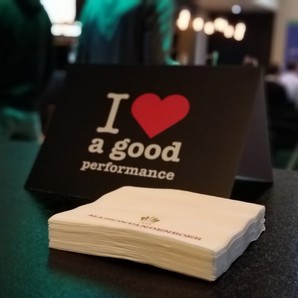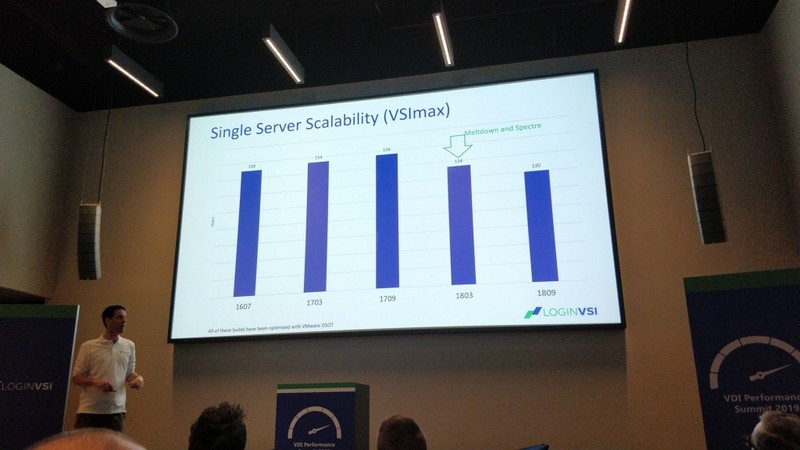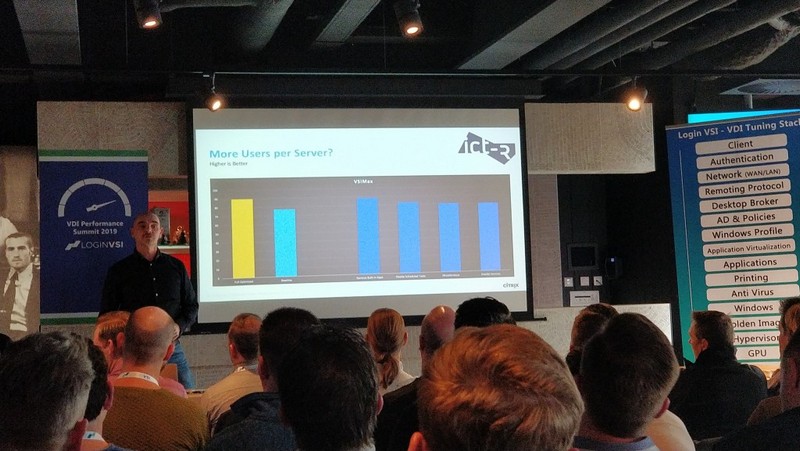VDI Performance Summit
On 29th january I visited the VDI Performance Summit which was organized by LoginVSI. Login VSI provides performance insights for virtualized desktop environments such as Citrix XenApp, XenDesktop, Microsoft RDS and VMware Horizon View. The summit was, of course, organized around the LoginVSI tool. In this blog post I will tell you the 5 quick takes of the conference.
1. Automated testing with LoginVSI
When you put effort in repeatable tests, you can run the test several time’s and see if the performance of the VDI/SBC infrastructure is increasing, stable or decreasing. This is of course for each performance test, but I think in VDI environments it is not common to run a performance test each month or quarter. As performance tests are always about reducing risks in production. To avoid huge costs, a good scenario is to run the test against one host and see if you have the desired results in terms of response time and capacity for one host.
2. Performance impact of different Windows versions on your VDI infrastructure
With the introduction of Windows 10 Microsoft is releasing new versions of Windows more often. Mark Plettenberg presented the following sheet in his keynote.
I found it really interesting to see the decrease in number of users per server. The decrease was also related to the Meltdown and Spectre patches introduced in those Windows versions.
3. Removing all Windows Store apps will give a huge performance boost
Rob Beekmans showed us that removing the built-in Windows App (all the games and other things you probably don’t need except the calculator) will give the most of the optimization. All the other minor things will not result in a huge improvement of users per server / and or lower the cpu usage.
More Users per Server
Less CPU usage
Someone, I forgot who said this, stated that in a performance test the background task of Windows will not run because the system does not get idle. So that needs to be considered before only implementing this optimization in a production environment.
4. Power settings in BIOS can affect the performance test
Servers running on a non-high performance profile in the BIOS / Windows settings will give weird results in the performance tests.
Run all the servers in high-performance mode, which is more economic and sustainable than adding more servers to the environment.
5. Which tools do the experts use to tune & prove the performance?
This were the tools mentioned in the keynote, but there were also some additions from the audience:
WANem – Opensource WAN emulator which also runs in virtual environment – http://wanem.sourceforge.net/
Grafana & Influx – The open platform for beautiful analytics and monitoring – https://grafana.com/ https://www.influxdata.com/
FastStone Capture – Screen capture and video recorder – http://www.faststone.org/FSCaptureDetail.htm
Visual ESXtop – Visualize ESXtop files – https://labs.vmware.com/flings/visualesxtop
Verdict
It was an interesting day in the Johan Cruijff ArenA and I hope that the event will be organized again with new content in an another year.






